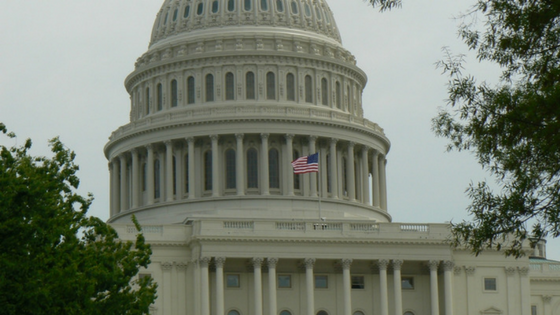A bill has been introduced in the House of Representatives and Senate that, if passed, would require the Consumer Financial Protection Bureau to take additional steps, such as performing qualitative and quantitative cost-benefit analyses of all proposed regulations and identify alternatives to proposed regulations and compare the benefits and costs of those alternatives, among other provisions, prior to issuing any new regulations.
A copy of the bill, S. 4522, the Transparency in CFPB Cost-Benefit Analysis Act, which was introduced by Sen. Joe Kennedy [R-La.], can be accessed by clicking here. The House bill was introduced by Rep. Alex Mooney [R-W.V.].
“The Consumer Financial Protection Bureau shouldn’t be able to shackle banks, credit unions or small businesses with rules that only make sense to bureaucrats,” said Sen. Kennedy in a statement. “The benefits of any new rule should be clear and outweigh any costs. Unfortunately, the CFPB doesn’t have a great track record of that.”
The bill, which has the support of several trade groups within the financial services industry, would amend the Dodd-Frank Wall Street Reform and Consumer Protection Act to install a number of steps that the CFPB would have to take prior to issuing any regulation. Among those steps are:
- Conduct a qualitative and quantitative assessment of all direct and indirect costs and benefits of the proposed regulation. This includes compliance costs; effects on economic activity, efficiency, competition and capital formation; regulatory and administrative costs; and costs imposed on state, local and tribal entities.
- Identify alternatives to the proposed regulation and compare the benefits and costs of those alternatives.
- Consult with the Small Business Administration’s Office of Advocacy if a proposed rule would increase costs on small businesses.
- Assess the regulatory burden that the proposed regulation would impose on regulated entities.
- Provide a probability distribution of potential cost and benefit outcomes.
- Ensure the proposed rule is not duplicative, inconsistent or incompatible with an existing rule.
- Disclose the source material for any assumptions and identify any studies or data the rulemaking used.








